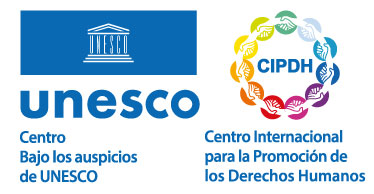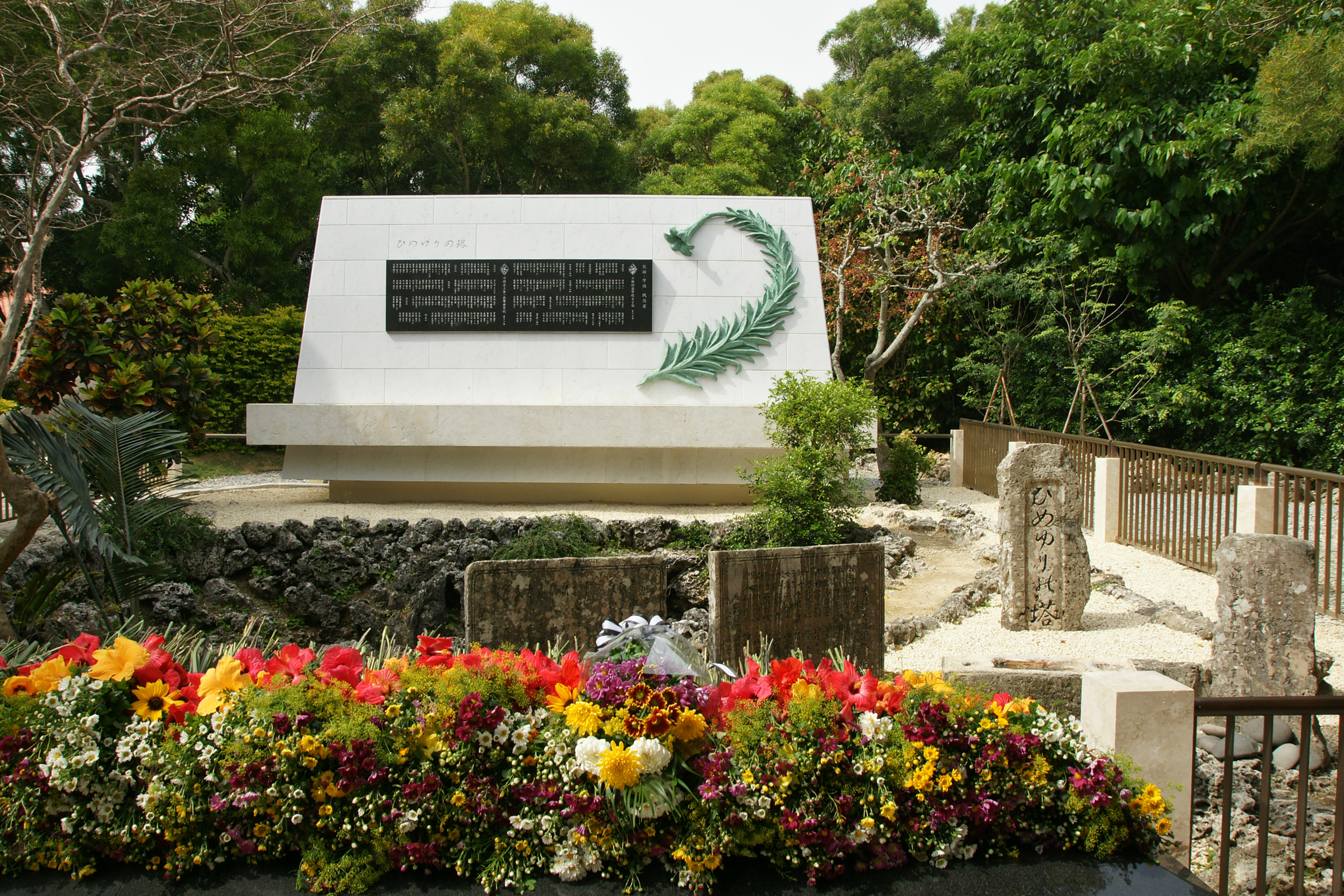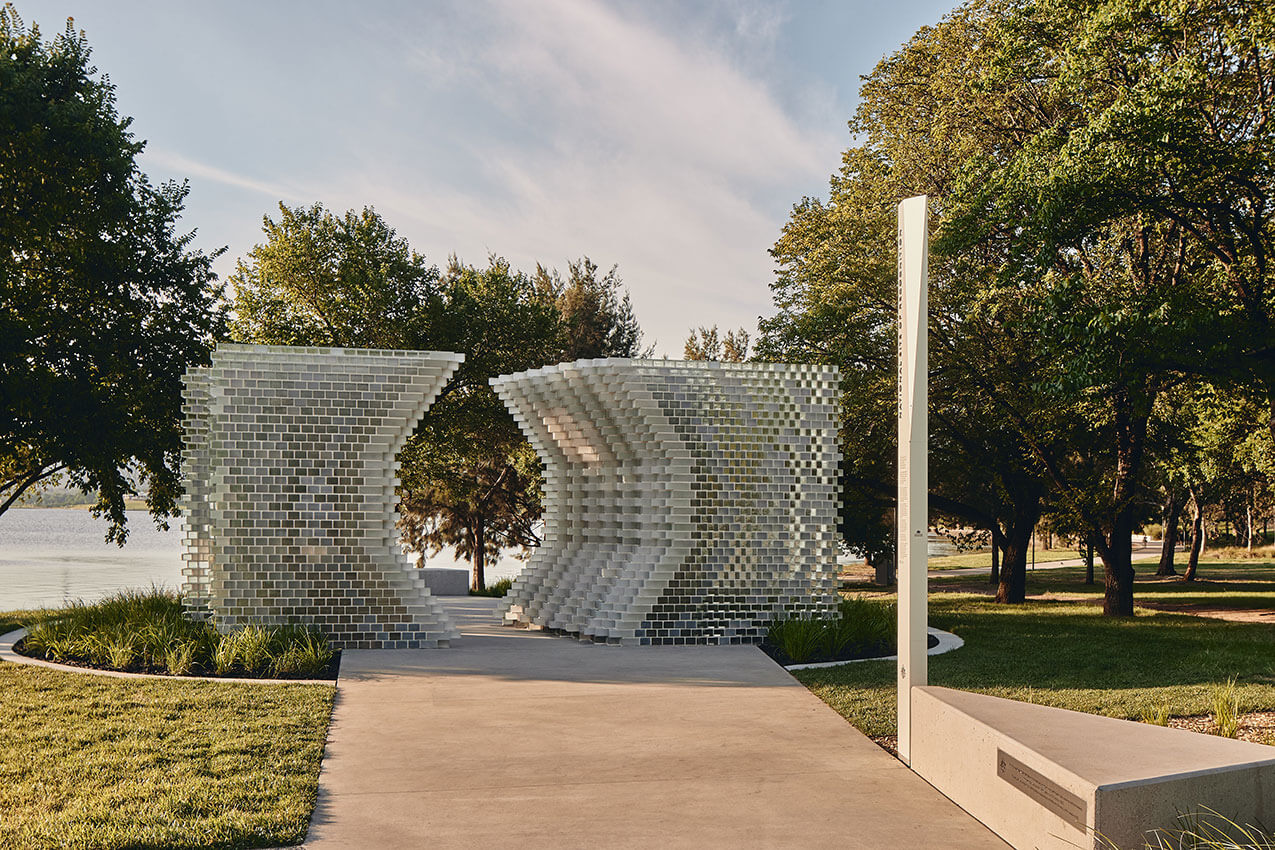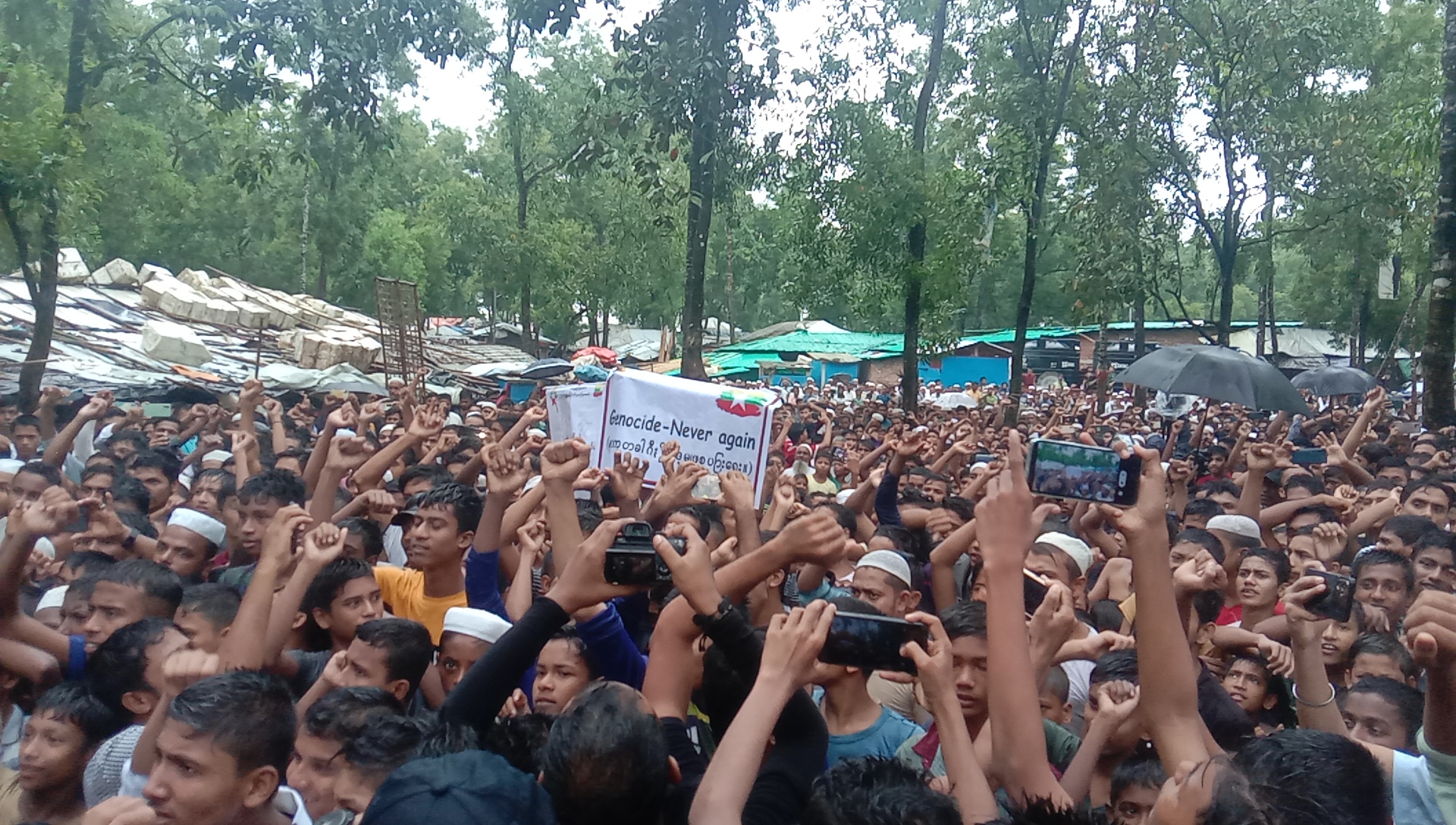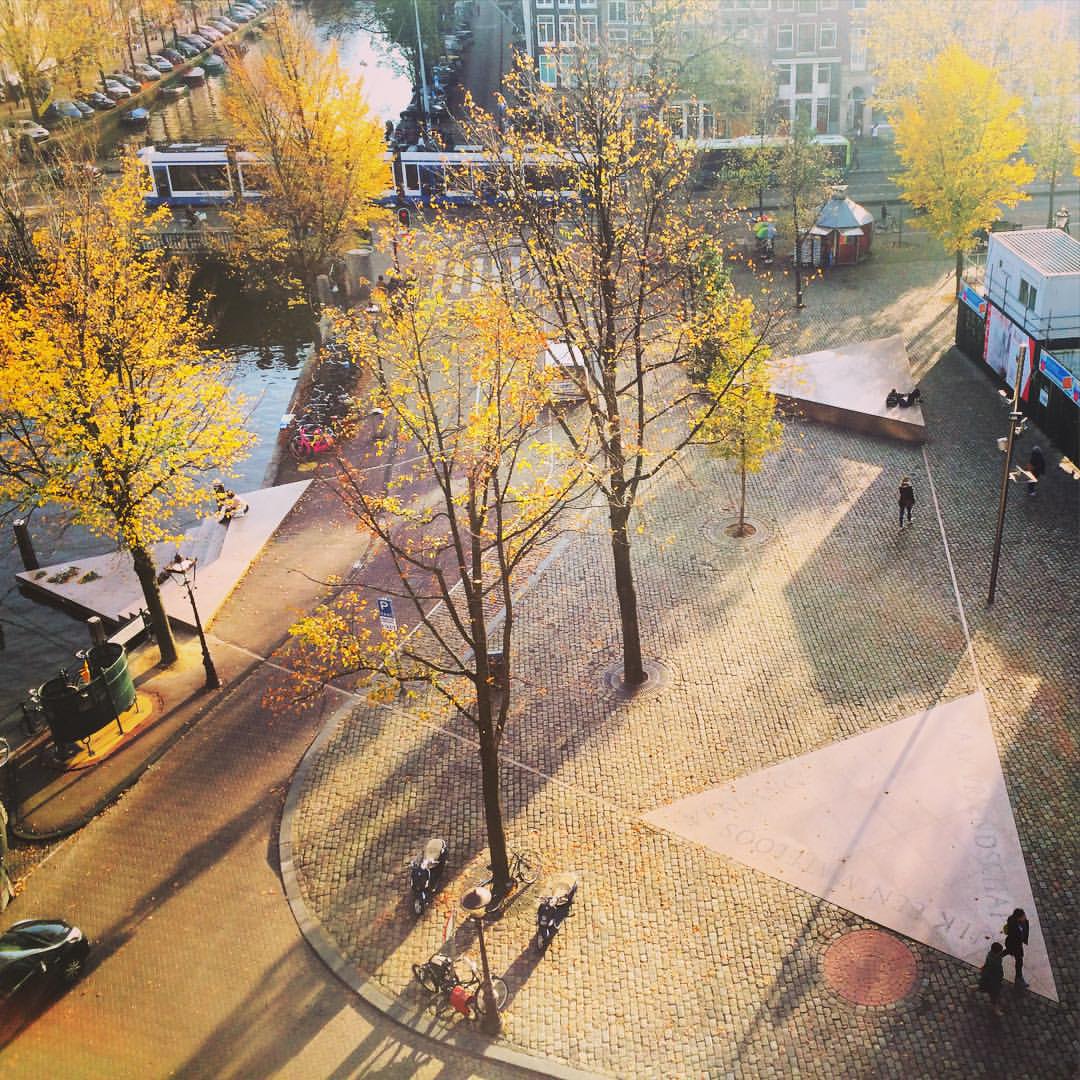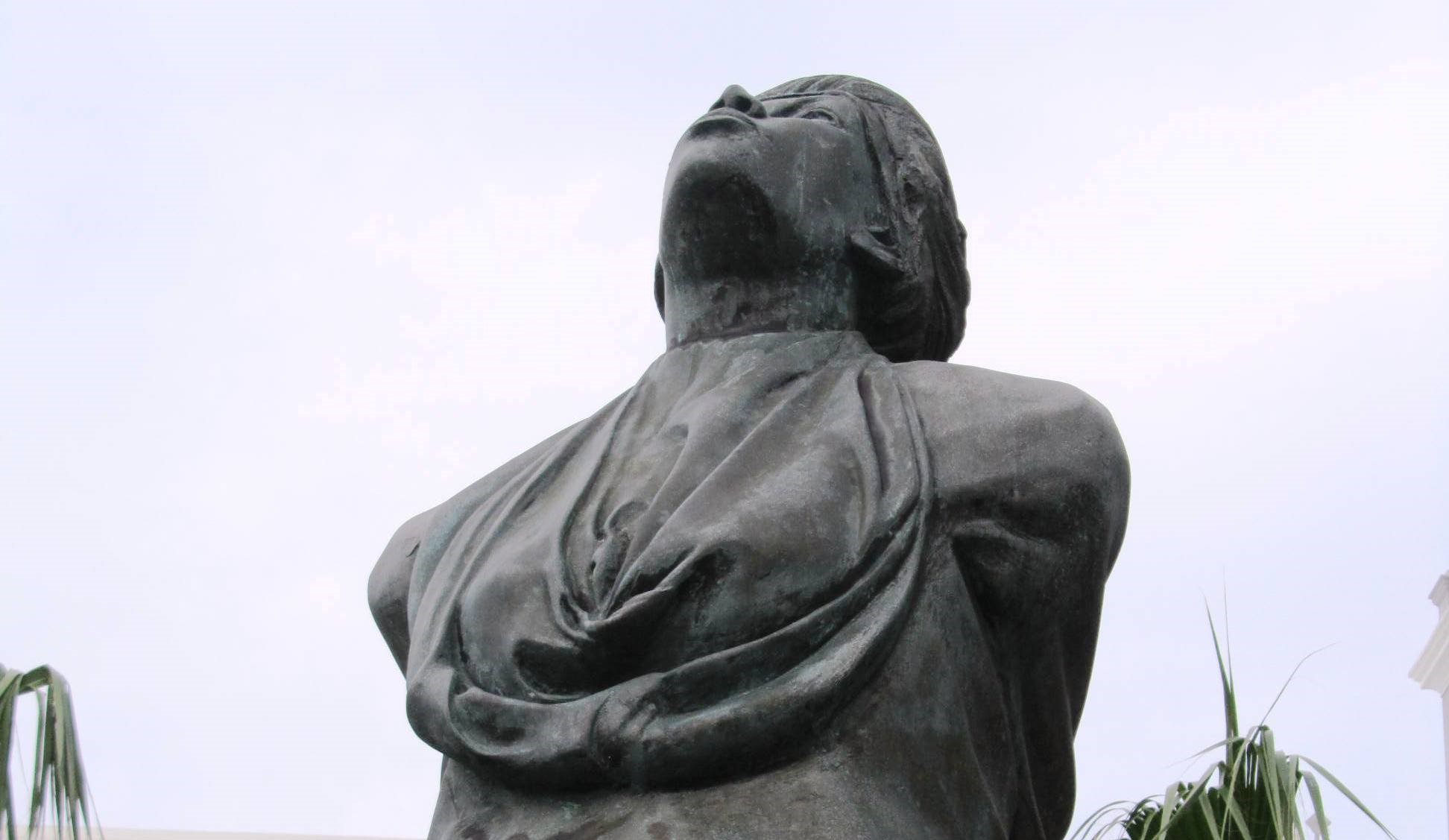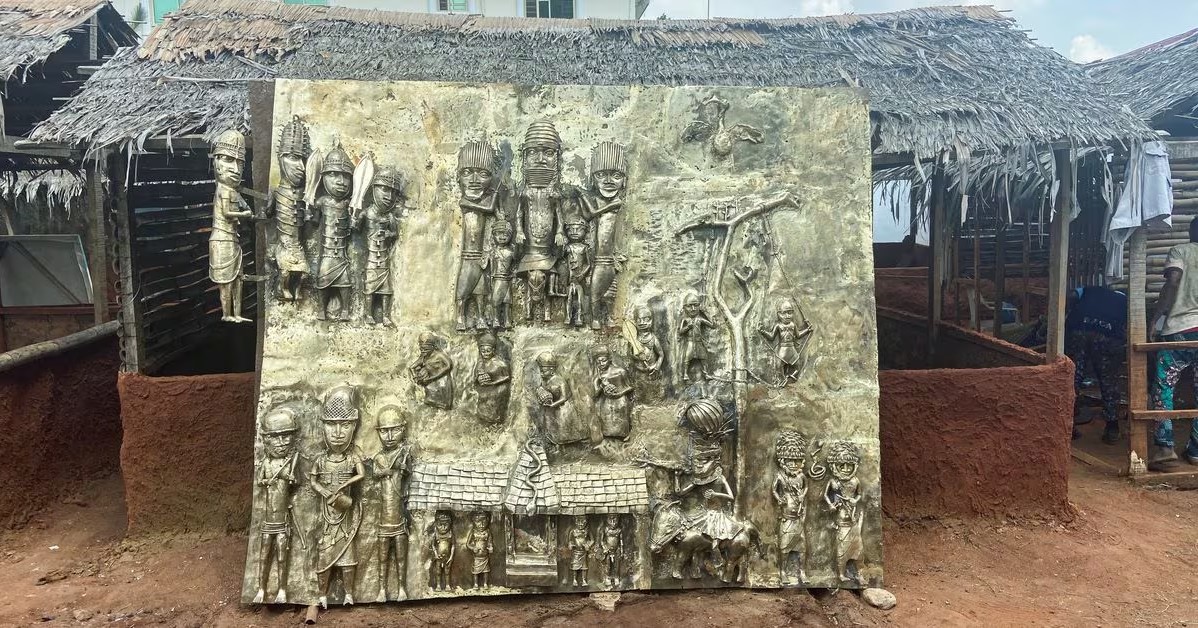Martyrs of the Fraternity Sanctuary
Monument
Theme: Genocide and/or Mass Crimes

Address
RN 17
Country
Burundi
City
Buta
Continent
Africa
Theme: Genocide and/or Mass Crimes
Purpose of Memory
To commemorate the forty victims of the massacre occurred in the Buta Seminar in 1993 during the civil war and to recall the message of fraternity they left.
Institutional Designation
Martyrs of the Fraternity Sanctuary
Date of creation / identification / declaration
1997
Public Access
Free
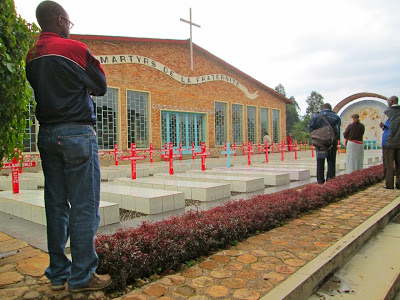
Location description
Martyrs of the Fraternity Sanctuary is located in the Buta Seminar (Burundi). It was built to remember they forty seminarians murdered in the context of Burundi civil war (1993-2005). It is composed of the church dedicated to Mary, Queen of Peace, the tombs of the forty seminarians and a commemorative plaque with their names. Every April 30 and during the previous days, religious ceremonies and other activities are organized in the Sanctuary to honor the memory of the “martyrs of the fraternity”.
Burundi is a former German and Belgian colony which became independent in 1962. Located in the region of the great lakes of Eastern Africa, the Twa, Tutsi and Hutu people live together in the country. In the 1960s, the fighting between the Tutsis and Hutus worsened and the underlying conflicts continued during the seventies and eighties until they ended in the civil war that lasted between 1993 and 2005, in which between 50,000 and 100,000 people died. Although many schools were closed, the Catholic Buta Seminar (province of Bururi, in the south of Burundi) remained open.
On April 30, 1997, around 5:30, an armed group of the National Council for the Defense of Democracy – a Hutu political party – attacked the Seminar. The attackers ordered the seminarians to separate in two groups: Hutus and Tutsis. When realizing that one of the two ethnic groups would be executed, the students decided to remain united. Forty students of about 15 and 24 years were murdered and others were wounded. The massacre was covered by the media around the world and the dead students were promptly remembered as the “martyrs of the fraternity”.
In 1998, peace conversations started between the Twa, Tutsi and Hutu, which were crystalized in the Arusha Peace and Reconciliation Agreement for Burundi, signed in 2000. The Agreement established a power system shared by Tutsis and Hutus and several constitutional reforms. It also created the Committee of Truth and Reconciliation, a Special Court and prepared other memory initiatives.
In a 2018 report, the Committee of Truth and Reconciliation identified approximately 70,000 victims, 13,000 alleged perpetrators and 3,500 mass graves.
The victims of the massacre of Buta were buried in the Seminar in a ceremony that took place on May 2, 1997 with the attendance of the relatives and different political and religious authorities. A year later, a church was opened next to the graves in memory of the forty seminarians. Their names were painted behind the altar around the image of Jesus Christ.
The sanctuary that houses the church and the tombs was thought as a pilgrimage site, where the villagers are called to pray during the whole year for the reconciliation of their people, peace and hope. In addition, on the 30th day of each month a mass is held to honor the memory of the forty seminarians murdered in the Buta massacre.
The ceremonies held each year within the framework of the commemoration of the massacre include peregrinations, testimonies of survivors and relatives, sports activities and religious ceremonies. Some participants spend the night in the Sanctuary itself sharing a moment of prayer. The religious ceremony – a cornerstone of the commemorations – starts with a flower offering, continues with a mass and concludes with a dance around the tombs.
In Burundi, commemoration initiatives highlight the ethnicity of the victims, while the proposals in the Buta seminar seek to underline the fraternity between the Hutu and Tutsi communities.
In 2019, the religious authorities in Burundi started a canonization process for the forty “martyrs of the fraternity” and for other people who were murdered in 1972, 1995 and 1997 for refusing to identify with an ethnic group.
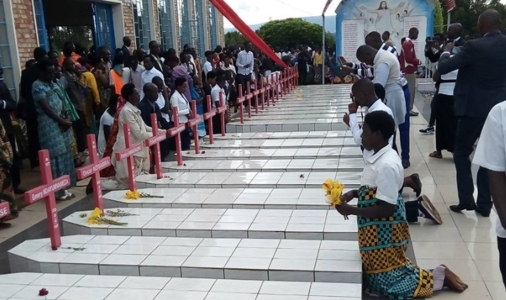
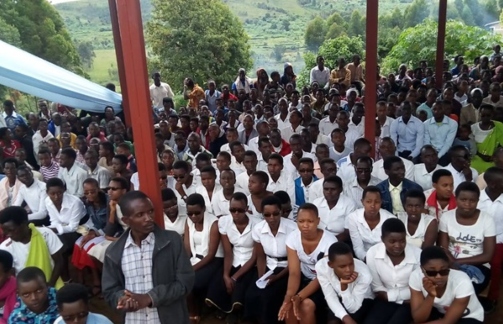
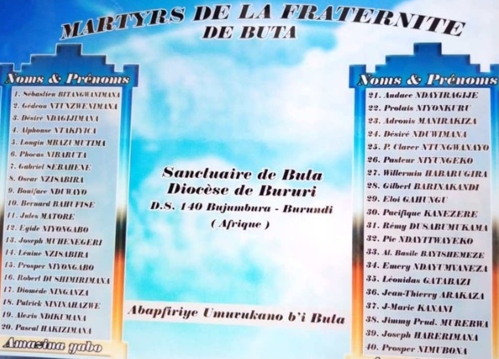
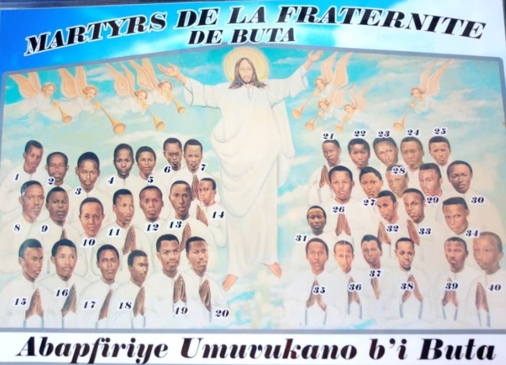
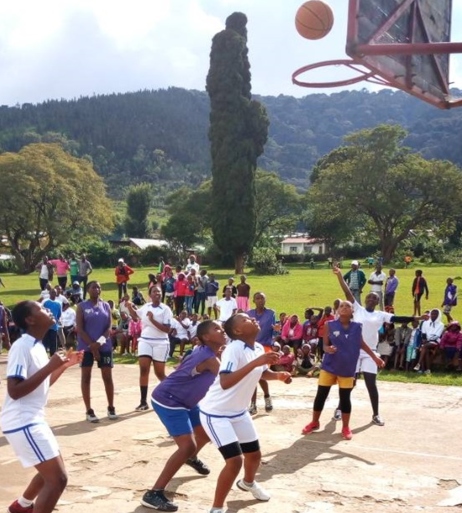


Organization in Charge - Main Referent
Association Lumière du Monde de Buta (ALM-Buta)
